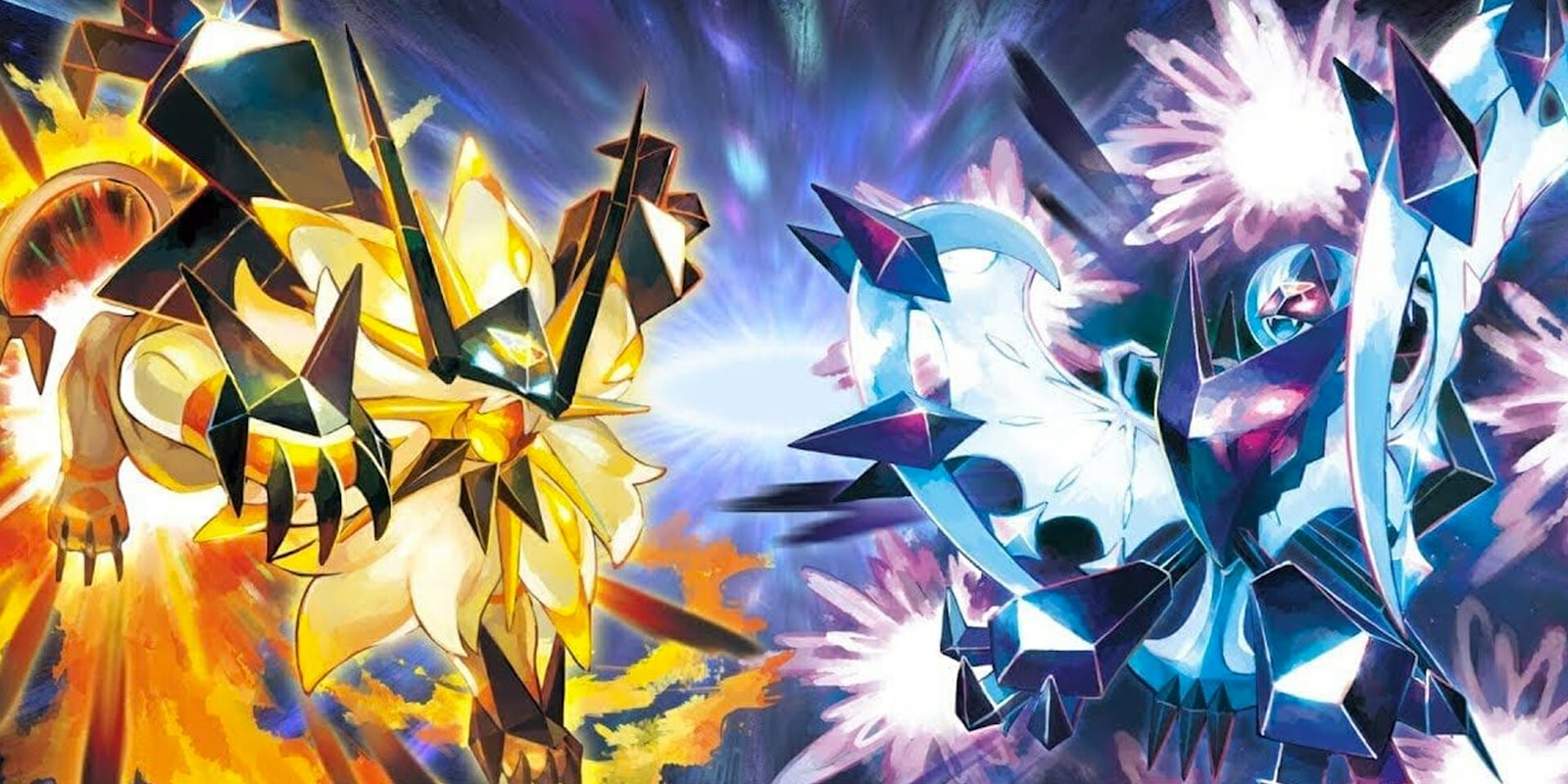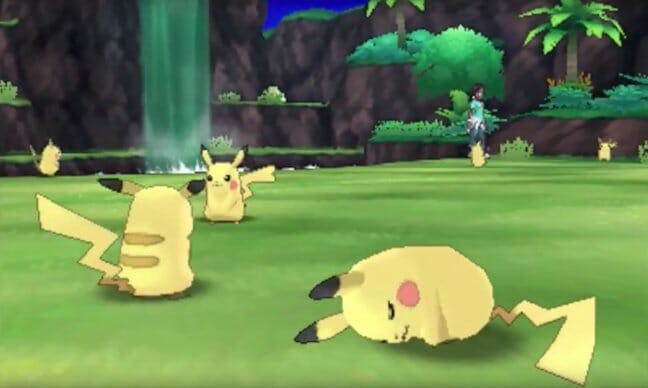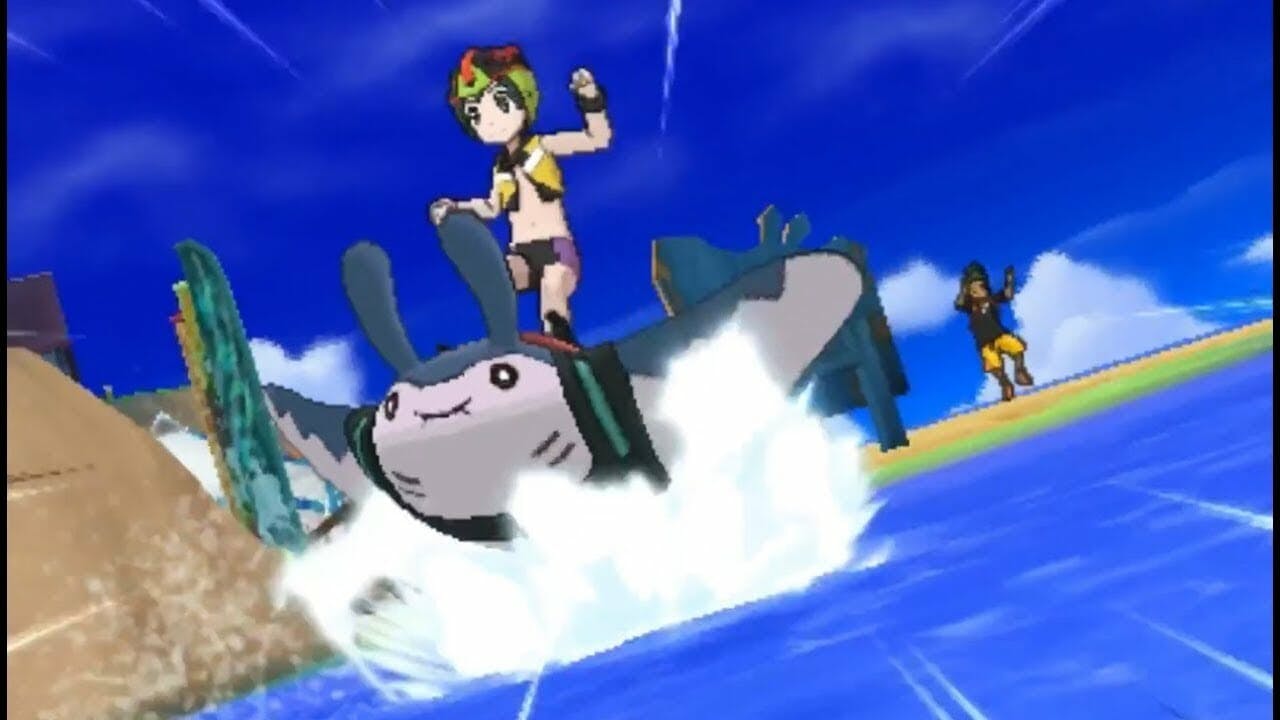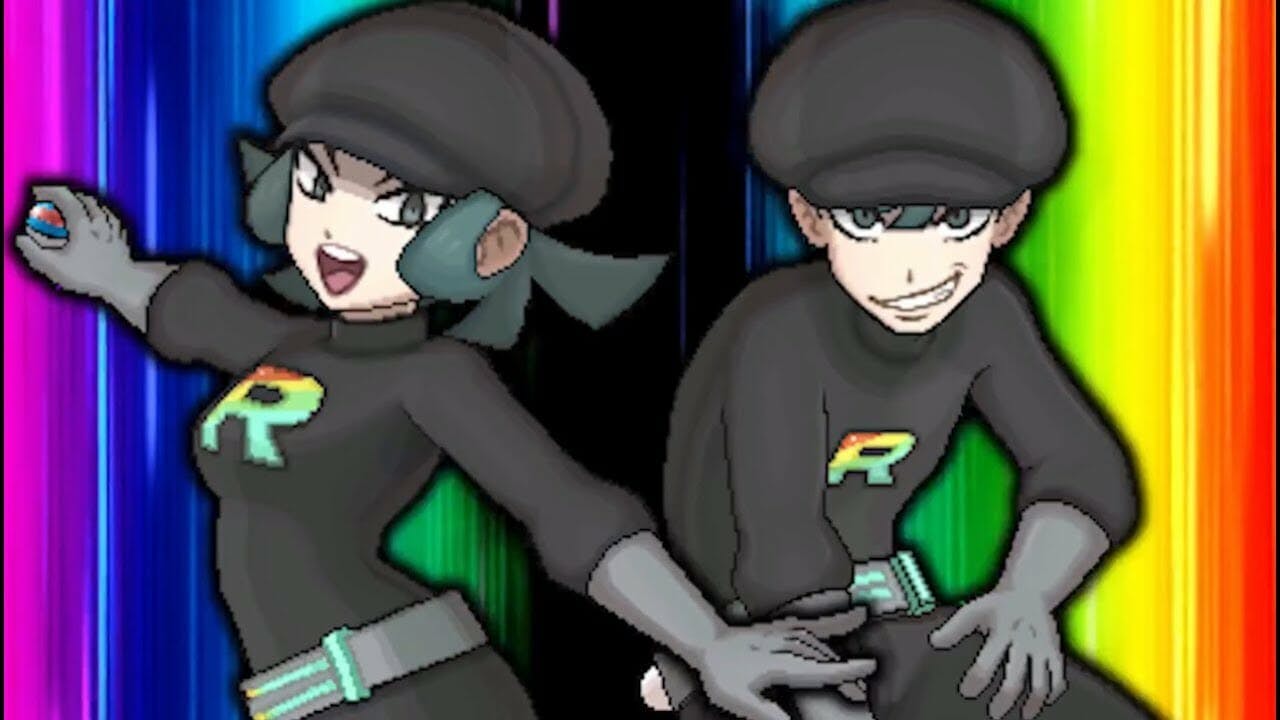There are few games that so beautifully compliment a console they way Pokémon has with the Nintendo DS family. Since 2007, the JRPG giant delivered a decade of consistently excellent games. Diamond and Pearl were the first steps showing the possibilities of a Pokémon game running on stronger hardware with two screens.
Black and White heralded a generation that represented some of the series’ biggest changes ever. For the first time since 1996, the game featured only a selection of brand new monsters. Environments looked sharper and creatures moved in battle, changing an iconic visual style for the better. X and Y drove that graphics overhaul even further, with fully 3D-rendered Pokémon in every battle and even more detailed character art.
Along the way, remakes of classics like Gold, Silver, Ruby, and Sapphire allowed fans and first-timers to rediscover what made Pokémon such a special series in the first place. When Sun and Moon arrived as a celebration of the entire series’ 20th anniversary, expectations were high.
Thankfully, that pair of games lived up to everything that came before them. The Alola region managed to look forward as well as backward for the series, tying beloved characters into a brand new world. Sun and Moon did away with gyms and their leaders in favor of a more involved, sprawling adventure. Introducing Ultra Beasts, Totem Pokémon, ride-able partners, and new social features only improved the somewhat stale tropes of Pokémon.
The shortcomings of Sun and Moon were in simple, derivative storytelling and a tendency to hold players’ hands through the most basic interactions. Now Ultra Sun and Ultra Moon have come barely a year later, bringing just enough to warrant a second look.
What’s immediately most surprising about this follow-up is how much better they look than the originals. Every route is packed with more foliage, vibrant colors, and lively characters roaming about. Birds fly overhead, shadows dart on the floor, and even massive monsters move in the distance. Some of the visual issues that plagued demanding battles in Sun and Moon have been smoothed out, even when playing on the exact same hardware.
The music of the Alola region has also never sounded better. Characters like Hau have delightful motifs, while the pounding drums and chants of each new town never grow old. These are games you’ll want to play with the brightness up and the sound blaring to get the most immersive experience. Everything that was great in Sun and Moon is even greater here, though a great deal of it has remained almost exactly the same.
Inter-generation installments have always been a point of contention among Pokémon fans. While titles like Crystal, Emerald, and Platinum are objectively superior to their predecessors, they can still feel like they aren’t changing enough. Black and White 2 are the only outright sequels in the franchise, and they might just be the best Pokémon games ever made.
It is easy, then, to recommend Ultra Sun and Moon to anyone who somehow skipped the first Generation 7 games. Sun and Moon remain fantastic games, but these new additions are better in every way. Small refinements go a long way on the presentation side, as well as some much-needed changes to the story. But for players who spent a long time in the Alola region already, it can feel tedious to go back, especially in the opening 10 to 12 hours.
Sun and Moon‘s basic structure remains the same. You play as a trainer in a new region full of tropical scenery and exotic monsters. As you travel between islands, you make friends, enemies, and tackle a series of escalating trials. The mini-games and battles in this version are more fully realized, with changes making several of the encounters tougher and more balanced then they had been. Very few of the game’s challenges, like memory tests or matching different images, are as simple as they were in Sun and Moon.
Ultra Sun and Moon also get you into the action much quicker, with an introductory segment that lasts significantly shorter than the hour-long cutscene at the front of the first games. All around, the story is improved, with more intrigue, better characters, and clever callbacks to older installments. Things start to get much different near the end of the narrative, with the post-game content introducing a ton of legendary beasts to collect and familiar enemies to track down.
Ultimately, it’s up to each individual player to decide if they’re ready for another trip to Alola. Ultra Sun and Moon‘s new features are great, but nothing groundbreaking. With a Switch entry on the horizon, it is all but confirmed that this represents the final Pokémon game to grace Nintendo’s DS line. If so, it’s easy to see why the series has found so much success in the past, all the while looking toward an exciting and different future.
Pokémon Ultra Sun and Moon will be available for the Nintendo 3DS on Nov. 17.
Score: 3.5/5
Disclosure: This review was written based on a copy of the games provided by Nintendo.





